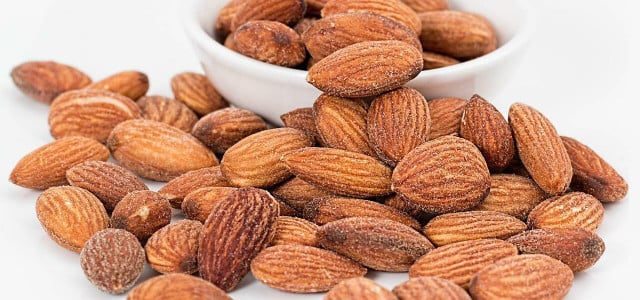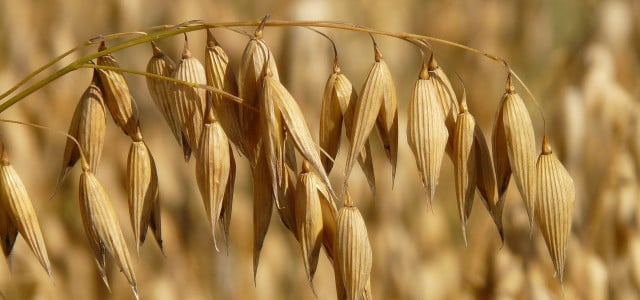Have you run out of oat flour or can't find it in the store? You can still make your favorite dishes — here are the 8 best oat flour substitutes to use in a pinch.
Oat flour is made when whole rolled oats are processed to make a fine powder. Oat flour has the same nutritional benefits as oatmeal, meaning it’s a healthy source of carbohydrates and fiber. Another bonus is that it’s gluten-free for those seeking to avoid gluten.
Not only is oat flour good for your body, but it’s also pretty good for the environment. Oats only emit 5.5 lbs of carbon per 2.2 lbs of oats grown. They can also be sown as part of crop rotation, a form of regenerative agriculture that replenishes nutrients in the soil.
Oat flour can easily be found in the baking section of the grocery store, but numerous substitutes can be used in its place. Let’s look at the best oat flour substitutes for different recipes — just be sure you know how to store flour to keep it fresh before shopping.
1. Oat Flour Substitutes: Almond Flour
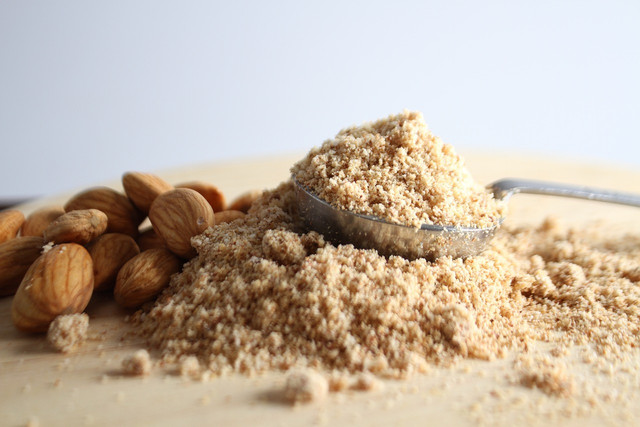
(Foto: CC0 / Pixabay / jennyleenaguirre)
Ratio: 1 cup almond flour to 1 cup oat flour
Almond flour is relatively inexpensive to buy and can also be made at home by pulsing peeled almonds in a food processor until they turn to dust. It has a nutty taste and is also rich in nutrients such as vitamins E and antioxidants. Almond flour is very versatile and can be used in most kinds of baking such as pies, cakes and cookies, making it a fantastic oat flour substitute.
Unfortunately, farming almonds is usually not very environmentally friendly, according to a 2019 study, one almond takes around 3 gallons of water to produce — so it’s wise to consume almond flour less frequently.
2. Chickpea Flour
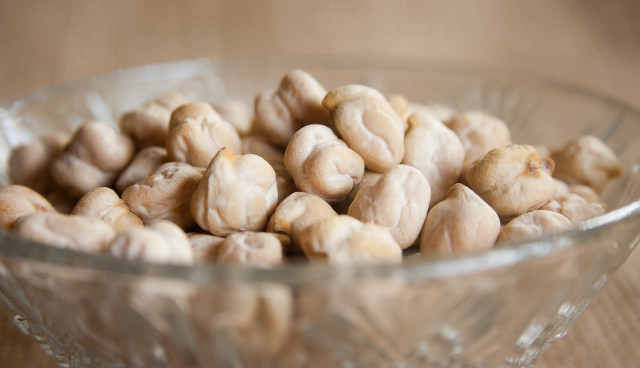


(Foto: CC0 / Pixabay / PDPics)
Ratio: 1 cup chickpea flour to 1 cup oat flour
Oat flour doesn’t contain gluten, so chickpea flour is an excellent gluten-free oat flour substitute. It’s relatively simple to find in the store. Or you can make chickpea flour at home by grinding dried chickpeas in a food processor. It is popular in Indian cuisine and can be used in baking foods like pancakes, waffles and flatbreads or savory dishes like soups, sauces and stews. You can even make a chickpea pizza crust.
Beans and pulses like lentils, chickpeas and peas come from nitrogen-fixing plants, which means they can convert nitrogen from the air into nitrogen compounds that act as a natural fertilizer. Bacteria live in small groups on the plant roots, called nodules. The nitrogen-fixing occurs within the nodules, where the bacteria produce nitrogen as they decompose. The nitrogen is returned to the surrounding soil and plants.
So, beans and pulses are great for fertilizing soil, reducing the need for artificial fertilizers. They also don’t need a lot of water to produce good crops, as the roots store moisture to feed the plant.
3. Brown Rice Flour
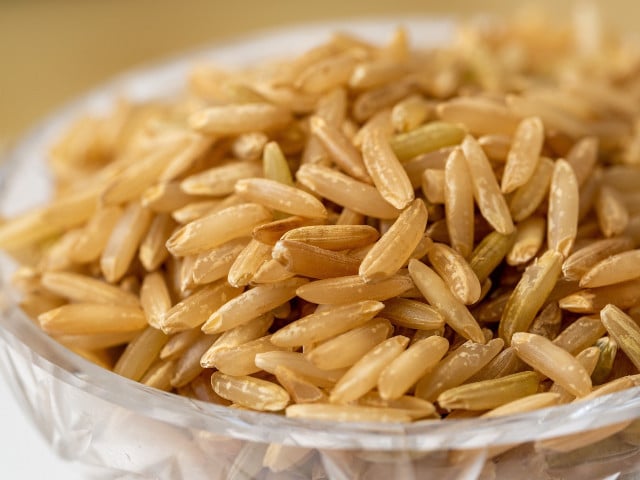


(Foto: CC0 / Pixabay / martin_hetto)
Ratio: ¾ cup of brown rice to 1 cup of oat flour
Brown rice flour is high in fiber and is a good oat flour substitute for those trying to eliminate or reduce carbs. It is processed differently from white rice flour, where the husk is removed, so it should not be used similarly. That said, brown rice flour is versatile and a great substitute for oat flour. It can be used in desserts and baking, such as vegan pumpkin spice Oreos or snacks like gluten-free zucchini fries.
According to Our World in Data, rice has a relatively low carbon footprint. However, it does involve a high input of water. Additionally, conventional rice farming uses a lot of pesticides, so it’s important to find organic brown rice flour.
4. Oat Flour Substitutes: Quinoa Flour
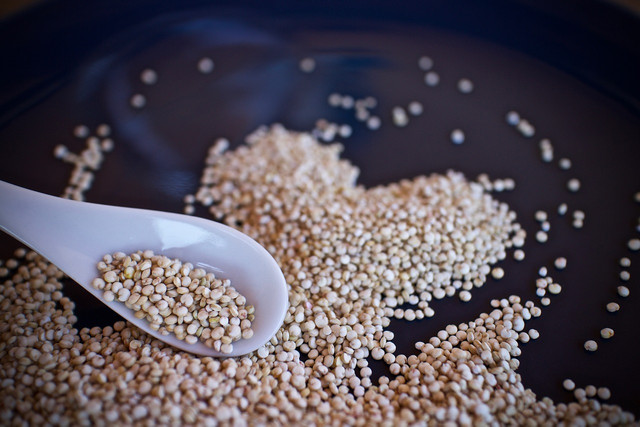


(Foto: CC0 / Pixabay / sweetlouise)
Ratio: 1 cup of quinoa flour to 1 cup of oat flour
Quinoa is another gluten-free flour option. It has a slightly nutty, bitter flavor and is high in fiber and protein. It can be used to bake cookies, muffins, bread and pancakes, or savory options like pies and pancakes. It can also be used to thicken stews, soups and sauces. Learn more about the truth about quinoa and if this superfood is really sustainable.
5. Coconut Flour
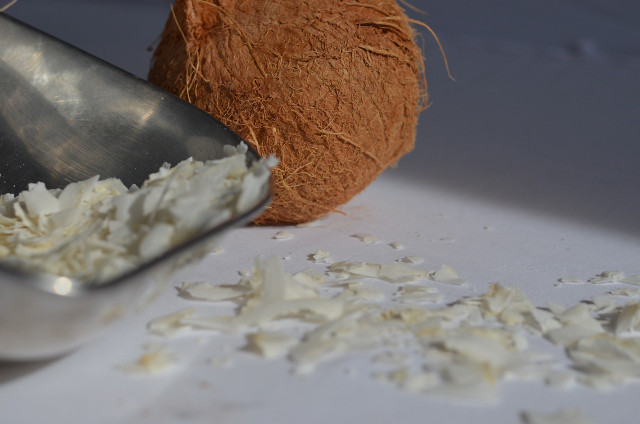


(Foto: CC0 / Pixabay / mrsdavir)
Ratio: 1 cup of coconut flour to 1 cup of oat flour
Coconut flour is another gluten-free oat flour substitute packed full of protein and fiber. It has a sweet aroma, so it is best used for baking cakes and desserts. Due to its taste, you can skip adding vanilla extract to your recipes. Coconut flour is pretty absorbent, so the eggs or water in your recipe may need to be increased for the right consistency.
Coconut flour is made from dried coconut pulp, a byproduct of coconut milk production. Coconut trees are a relatively sustainable crop. They grow well with other plants, don’t decrease soil fertility or quality, and consume relatively little water. However, you should consider their carbon footprint as coconuts are primarily grown in warm climates.
In the US, coconuts only grow in Hawaii and Florida, so it’s likely that coconut products are imported. When choosing coconut flour, opt for organic products when possible.
6. Soy Flour
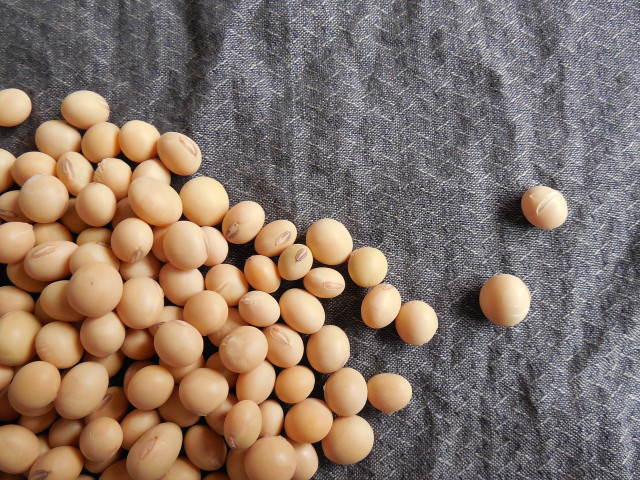


(Foto: CC0 / Pixabay / Jing)
Ratio: 1 cup of soy flour to 1 cup of oat flour
Soy flour has a slightly nutty taste and is full of nutrition. It’s another good gluten-free option. To make soy flour, soybeans are roasted first; then, the roasted soybeans are ground to make the flour. Due to its flavor and texture-enhancing qualities, it is good to use for baking donuts, bread, cakes and pies, as well as to thicken gravy and sauces.
Soybean farming has many adverse environmental impacts. The WWF states that the soybean industry “is causing widespread deforestation and displacement of small farmers and Indigenous peoples around the globe.” That’s because soy crops are often grown continuously in a monoculture.
However, most soya is made into a protein-rich soy meal for livestock consumption. Only around six percent of globally produced soya is consumed by humans. Sustainable sources are available, like those certified by the Roundtable on Responsible Soy.
7. Oat Flour Substitutes: Barley Flour
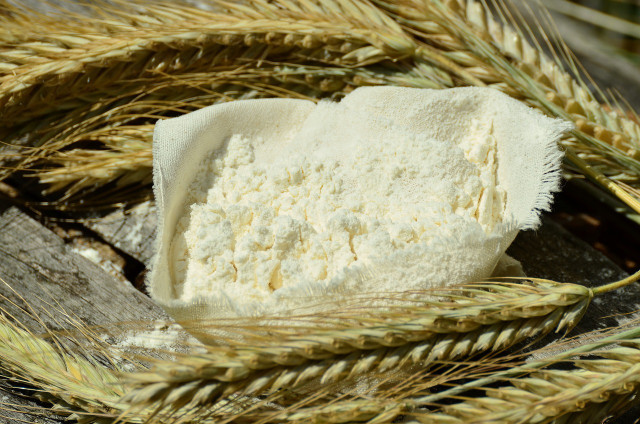


(Foto: CC0 / Pixabay / congerdesign)
Ratio: 1 cup of barley flour to 1 cup of oat flour
Barley flour can be coarse or fine and is made when barley grains are ground together. It tastes nutty and sweet, so it is good for baking cookies, pancakes, muffins and bread and can also be used to thicken soups, sauces and stews — its versatility makes it a helpful oat flour substitute.
The carbon footprint of barley is relatively low as it’s a hardy plant that doesn’t need too much water. Due to its robust nature, it’s often planted to prevent soil erosion.
8. Rye Flour
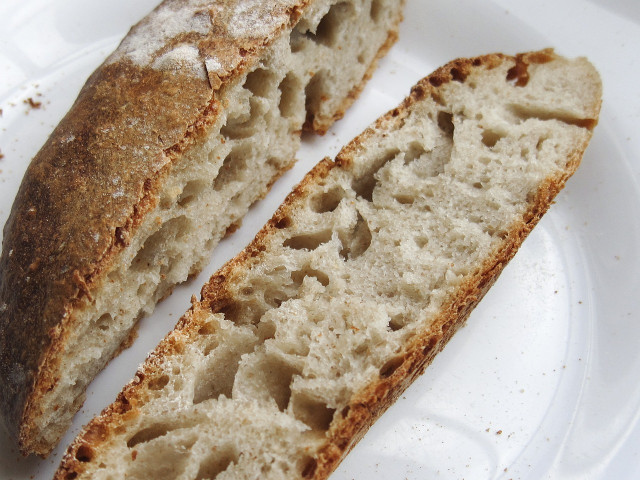


(Foto: CC0 / Pixabay / riopix)
Ratio: 1 cup of rye flour to 1 cup of oat flour
There are a few types of rye flour. Pumpernickel has a dark color, strong flavor and dense texture; light rye flour is lighter in color and texture. Other types include dark and medium rye flour. Depending on the kind of rye flour, it can taste sour, malty or earthy — so choose rye flour based on what you are cooking.
Rye flour can be used in baking sourdough, rye bread, crackers, gingerbread, cookies, cakes, pancakes and muffins, or even for making pasta and thickening stews, soups and sauces.
Certain cereals, like maize, wheat and rye, have particularly low carbon footprints. Rye production also doesn’t use too much water, making it a great oat flour substitute.
Read more:
- Is Flour Vegan? Tips for Cruelty-Free Baking
- 9 Breakfasts With Plant-Based Eggs
- 10 Easy-to-Digest-Foods – And Which to Avoid
Do you like this post?







